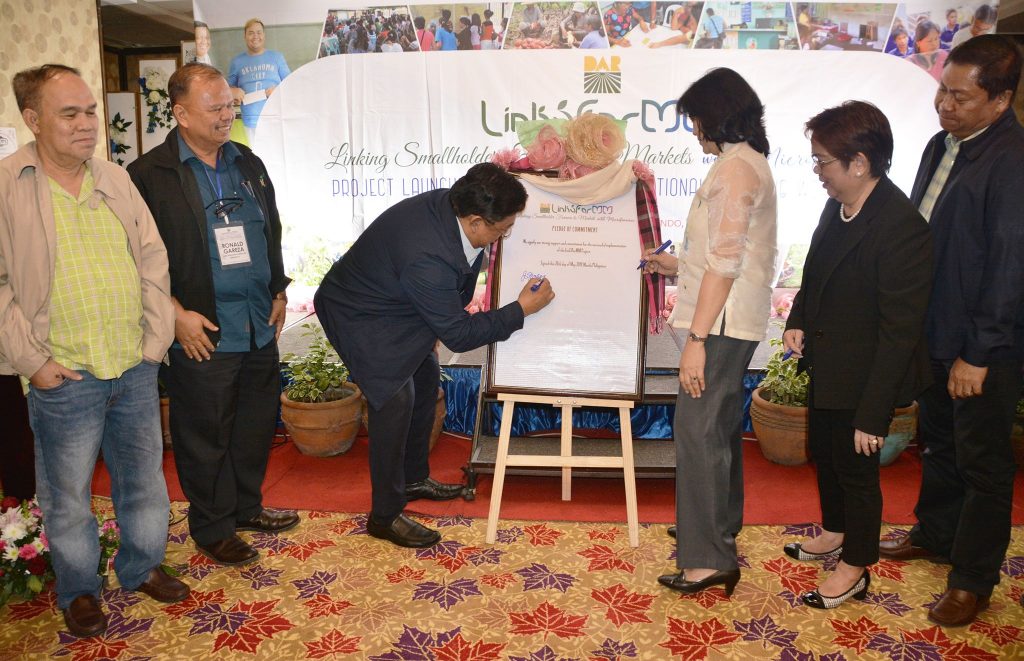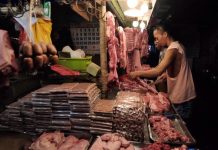The Department of Agrarian Reform (DAR) launched Tuesday an expanded version of its project that links agrarian reform beneficiaries (ARB) and smallholder farmers to the supply chain of products.

Linking Smallholder Farmers to Markets (LinkSFarM), now rebranded with an additional “M” at the end for Microfinance, brings enlists various stakeholders of agro-enterprise development to help uplift the lives of ARBs, smallholder farmers, and farmer organizations.
“(We need to have a) paradigm shift in order to create some sort of dynamic process of transforming our landless farmers into entrepreneurs or to people who will not only be getting their income from tilling the soil but also from developing their products – not only selling them as raw materials but transforming them as well,” Castriciones said.
“We have to invite the different sectors of government and private institution so that our effort will be united and be able to help one another,” he added.
During the abovementioned launch of the Linking Smallholder Farmers to Markets with Microfinance (LinkSFarMM), an officer from the local government of Bauko, Mountain Province, Jake Oyang-O, said that after the successful introduction of organic farming in their municipality, the farmers encountered an oversupply of produce due to lack of market outlets.
Even after the opening of a “pasalubong center” as an additional venue to sell their products, it was not enough to solve their problem of oversupply.
But through the earlier version of the LinkSFarM project, Oyang-O said that they were able to access a wider market.
Meanwhile, a representative of the Porac Farmer Agrarian Reform Cooperative, Robert Lintag, said that the LinkSFarM project was also of great benefit to him.
“Naisama ako sa 10 magsasaka sa buong Region III na kumuha ng National Certificate 11 ng Agroenterpreneurship noong nakaraang taon. Isa na akong farmer- agroenterpreneur o isang magsasakang negosyante,” Lintag said.
LinkSFarMM’s specific objective is to make smallholder farmers increase agricultural productivity. The agro-enterprise development approach is adopted to identify supply demands and access to market chains.






